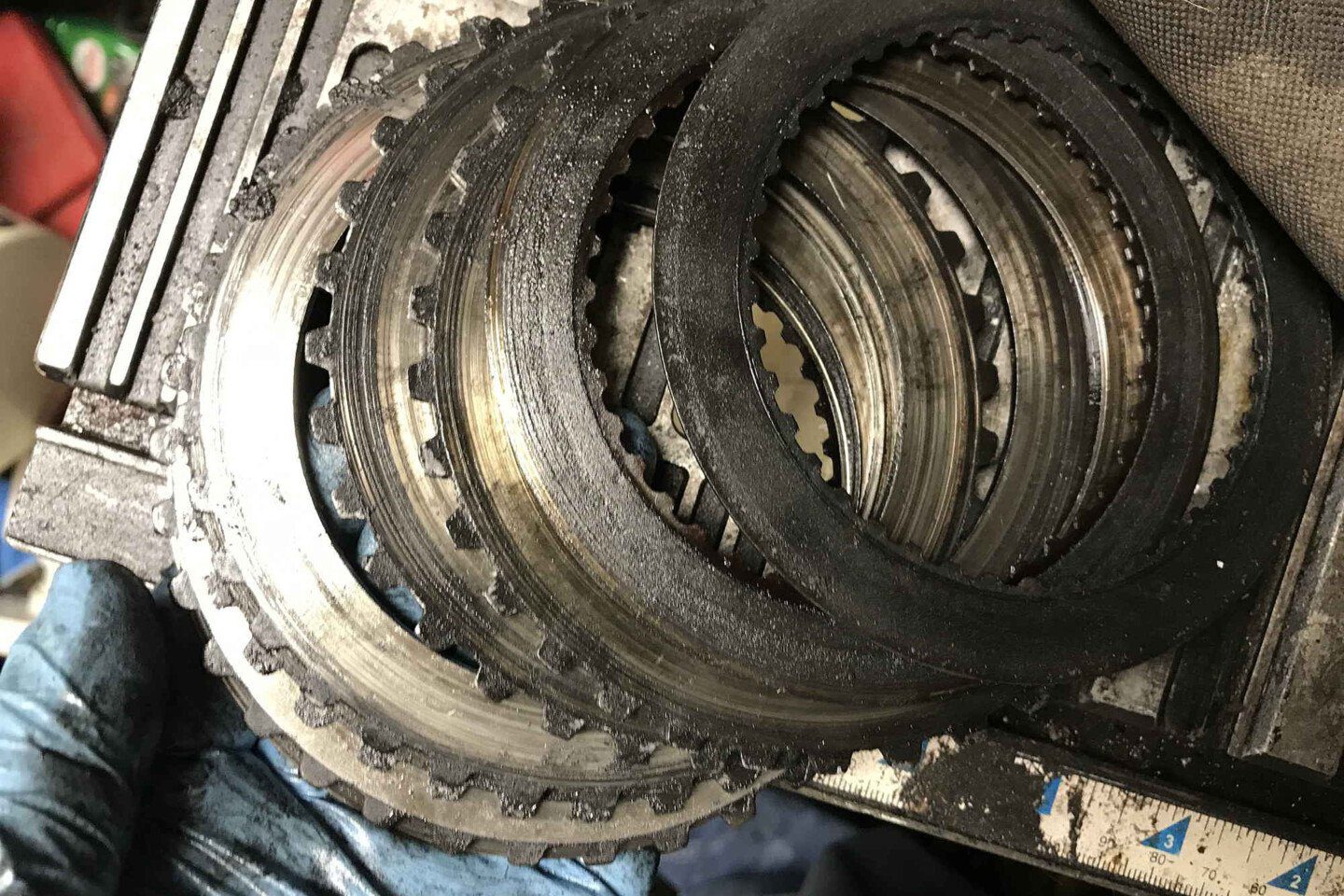If you own a truck, chances are that you pull a trailer of some sort. That could be a fifth-wheel camper, gooseneck utility trailer, or even a bumper pull toy hauler. Whatever you are towing, it’s a good idea to make sure that load is not creating a situation that has you sitting alongside the road. One of those unwanted situations could have everything to do with your truck’s transmission temperature.
Gone are the days of the Turbo 400, C6, or 727 transmissions. Those old-school gearboxes were — by today’s standards — simple designs. Today’s automatic transmissions have their own computers, electronic solenoids inside the case, and converters that offer lockup capability. With all the technology found in these new six, eight, and ten-speed transmissions, one thing can still destroy them, overheated automatic transmission fluid (ATF). Ask about heat and transmission fluid on any internet forum and you’ll be sure to get a myriad of replies. That’s why, in order to find out how temperature can affect this lifeblood of the gear changer, I reached out to AMSOIL to get some much-needed information.
Prolonged high temperatures will cause the transmission to break down and in turn, cause the clutches and frictions to slip and eventually burn up.
Transmission Temperature: Does It Really Matter
Getting right to the point, the ideal operating fluid temperature is under 190 degrees. I know, the OEs have transmission cooling that is connected to the engine cooling that is holding a comfortable 195 to 210 degrees Fahrenheit, so your transmission is already forced to contend with a certain amount of heat. But, as fluid ages, it starts to break down and when it does, it loses its capacity to help cool the transmission and ultimately protect the inner workings.
Search the internet for information about how heat affects transmission fluid and you’ll find many articles reporting that with conventional transmission fluid, at 220 degrees, varnish will form on frictions and hard parts within the transmission, and this will allow the clutches to slip and create even more heat. Then, at 240 degrees, seals start to harden and important additives in automatic transmission fluid begin to cook. When you really get the temperature up there (260 degrees), the transmission clutch plates begin to slip because the oil is completely breaking down. Finally, at roughly 315 degrees, seals and clutches effectively burn out and carbon is formed. When carbon forms in the…
Click Here to Read the Full Original Article at DragzineDragzine…

